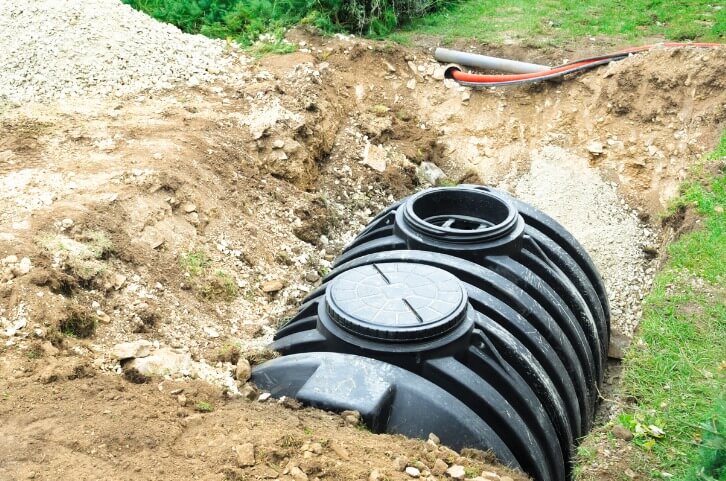Can A Septic Tank Cause Indoor Plumbing Problems?
Homes that are not connected to a municipal sewer system instead use a septic system for wastewater disposal. It is important for homeowners to understand how their septic system works in order to catch minor issues that may become more serious over time, necessitating emergency septic services. Gainesville septic tank contractors with Jones Plumbing & Septic Tank Service warn homeowners that early signs of a septic system experiencing problems often present inside the house.
How Does A Septic System Work?
In a residential septic system, the main sewer line runs underground, connecting drain pipes in your home to the septic tank. Wastewater in the tank separates according to matter: solid waste at the bottom and grease at the top. Sewage water seeps into a drainage field, where bacteria break down waste. The sludge at the bottom of the tank accumulates over time. Regular septic tank service is necessary to avoid a full or overflowing tank, which can lead to problems with indoor plumbing.

How Do Septic Tanks Affect Indoor Plumbing?
When there are problems with a septic tank, the first indications that something may be wrong usually appear in indoor plumbing. Some early signs of septic tank problems include prolonged flushing with toilets or slow drainage in sinks and tubs. Septic tank issues may cause water to back up into sinks, showers, and tubs. Homeowners may notice gurgling in their drainpipes or percolating sounds from the bathroom. Unpleasant odors around the house may indicate that wastewater has backed up into the sinks, bathtubs, showers, or toilets.
If water is only backing up into one sink or toilet, it is more likely that the clog is in the indoor plumbing. Pouring boiling water down the drain or using a drain snake can help remove less serious clogs, but plumbers recommend against store-bought chemical drain cleaners, which can further damage pipes. If the problem exists in multiple sinks, toilets, or tubs, the root cause is likely a clogged or full septic system.
Homeowners who suspect their indoor plumbing issues might be a sign of septic system failure should take a look at the system itself. Liquid on the ground over any part of the system indicates a problem. Excessively lush plant growth or swampy conditions suggest a clogged or overflowing septic tank allowing waste to enter the drainfield.
Common Septic Tank Problems
The most common septic tank issue that causes indoor plumbing problem is a clog in the inlet, outlet, or filter. If this is the case, you may need a filter replacement or cleaning, or septic tank pumping. Slow drainage and gurgling noises may indicate a clogged sewer vent. Pipes that are clogged or damaged by tree roots or heavy equipment will require more extensive septic tank repairs.
Septic System Maintenance
The key to avoiding costly repairs is regular septic system maintenance. Septic tank contractors in Gainesville recommend that septic tanks be pumped every two to three years. For larger households, more frequent pumping may be necessary. Homeowners should have their septic tanks pumped regularly to remove waste that accumulates in the tank over time and avoid clogs. Routine septic tank pumping is also an excellent way to identify potential issues before they become a problem. In order to encourage healthy septic tank operations, homeowners should avoid putting any of the following into drains: grease; fats; excessive food waste; or household wastes such as diapers, cat litter, and paper towels.
Annual septic tank inspections are the best way to keep a septic system running properly. Contact Jones Plumbing & Septic Tank Service today to schedule a septic tank inspection.
